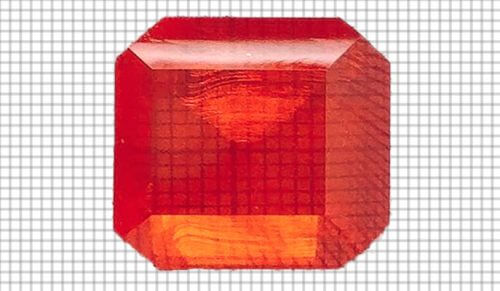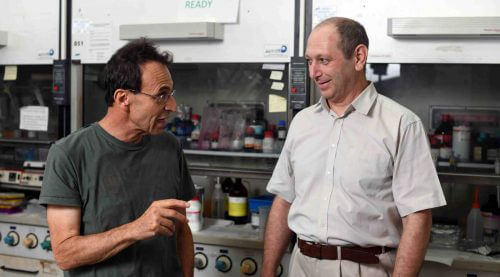While in most materials defects are formed easily and their elimination is the one that requires a lot of effort, the opposite is true in the halide perovskites

It is much easier to "mess up" than to restore order, but it turns out that even this rule has exceptions. In a study published in the scientific journal Materials Horizons, Weizmann Institute of Science scientists showed that in materials known as hallide perovskites, it is actually easier to restore order than to disrupt it. This finding may explain the unique properties of these materials that are considered the great promise of the solar energy field, and help develop a new approach to control the properties of these and other materials.
Halide perovskites have become a "hit" in solar energy research since it was discovered about a decade ago that they are extraordinarily efficient in converting solar energy into electricity. However, many properties of these semiconductors, which can combine organic and inorganic components, remain a mystery. For example, it is not clear how they contain one defect for every trillion atoms - a million times less than "normal" semiconductors (these defects may be the presence of foreign atoms or disruptions in the atomic structure of the material itself). To reach such a low concentration of defects in the semiconductors used today in the electronics industry, a huge investment of energy, time and creativity is required. In contrast, clean halide perovskites can be produced in a fraction of a second by mixing simple solutions of chemical salts at room temperature.

From the right: Prof. Igor Lubomirsky and Prof. David Kahn. Self healing
"It seemed strange to me that such clean materials could be created under such favorable conditions," says Prof. David Kahan from the Department of Materials and Surfaces, who led the research with Dr. Yevgeny Rakita, who was his research student at the time, and with his colleague in the department Prof. Igor Lubomirsky . "It seems as if this material was created without defects, or it 'expels' the defects during its formation."
To solve the riddle of the defects, the scientists examined the results of previous experiments conducted in Prof. Kahn's laboratory and in other laboratories around the world - experiments that examined the formation of the halide perovskites, the appearance of defects in these materials and the effect of the defects on the flow of electrons. The scientists analyzed the data using basic principles of thermodynamics taught in introductory courses for students.
The analysis led to a surprising conclusion: while in most materials, defects are formed easily, and their elimination is the one that requires a lot of effort, the opposite is true in the halide perovskites. In order to preserve the defects in these materials, the flexible bonds between the atoms that hold the material must be distorted - therefore this action requires more energy than restoring order. "It may be counterintuitive, but creating a messy version of these materials requires more energy than creating a clean and orderly version," says Prof. Kahn.
Because of this energy gap, defects that form during the formation of the hallide perovskites simply disappear and allow the crystal to form. That is, the crystallization process is accompanied by continuous self-healing. "The defects disappear almost immediately, too quickly for them to be discovered, so the material appears to us to be almost perfect in terms of its internal order," says Prof. Lubomirski.
This insight opens the door to an unconventional search for materials with a low defect rate and the ability to self-heal - properties that are particularly desirable in the electro-optical industry, which can estimate the shelf life of various materials and devices and make their development more viable and sustainable. Understanding the conditions that enable the low defect rate in halide perovskites may also lead to ways to reach an optimal defect rate - high or low - in other materials. For example, while a low defect rate may allow an optimal flow of electrons in a semiconductor, a higher concentration of defects may be beneficial in other materials - for example, in order to strengthen metals or ensure resistance to high current intensity in superconductors.

5 תגובות
Could it be that the reference is to free energy instead of energy?
very interesting
The article is interesting. There is no fremi liquid theory, condensed matter physics.
Can a deeper understanding of the process create the shortcut to immortality as well?
If such processes are restored in emotional tissue?
Does this mean that in these materials the entropy tends to decrease and not increase given the passage of time?